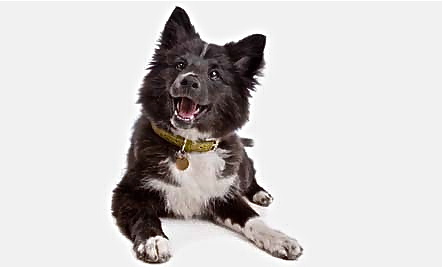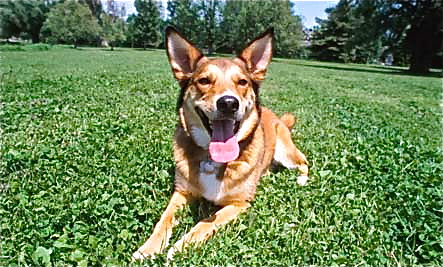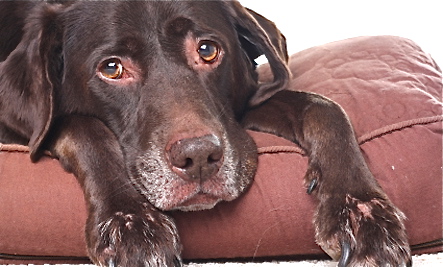Mutts are unique
The standard for breeding purebreds calls for breeding puppies whose appearance and temperament are of exactly the same standard and quality every time.
A mixed-breed dog is awesome because without these standards, the dog is intrinsically unique. On top of that, when visiting a shelter to adopt a mutt, the selection of choices is more varied and unique than you’d find at a breeder or pet store.
Mutts are more flexible
Mixed breeds tend to be more flexible and more middle-of-the-road because they are not as strongly programmed as purebreds. Mixed-breeds are thought to adjust more easily to a variety of households and living conditions, whereas purebreds tend to be bred with a specific skill set in mind, such as herding or hunting.
Though domesticated dogs are no longer put in specific situations in which they are expected to perform tasks that they have been bred or programmed for, the breed traits are still in their DNA makeup.
Housetraining is provided
Many mixed-breeds found in shelters did belong to someone before – people who could not keep them due to allergies, or moving homes, or for some other reason. Because of this, many mixed breed shelter dogs come already potty-and-housetrained. A definite plus towards their adoptability!
Mutts have fewer health issues
There are some people who claim mixed-breed dogs are healthier than purebreds. While this has not been proven scientifically, it is known that certain purebreds are more prone to specific illnesses.
Mixed-breed dogs are thought to be less likely to develop these illnesses because even if they are part, say, Golden Retriever, they have fewer Golden Retriever genes than a purebred one.
You can skip the puppy stage
While many fur parents cherish the puppy stage, there are others who just do not have the time and patience to train a new puppy. With a mutt from the shelter, you have the choice of adopting a young or adult dog over a baby. In these cases, the dog’s size and temperament will already be pretty set, too, so there will be no surprises in the future.
Mutts require cheaper start-up costs
Some shelters only require a S$50 administrative fee (on top of the sterilization charges, which are mostly mandatory at shelters) in order for you to adopt a dog. Purebred dogs can run up to and over S$2,000 to $3,500.
Other than that, a mixed-breed from the shelter is likely to have received up-to-date vaccinations, which will save you even more money.
You are saving a life
Even if a purebred puppy does not get adopted (highly unlikely in and of itself), the puppy is already living in the home of a breeder, probably even still with its parents.
A mixed breed dog living at a shelter, however, has a high chance of being euthanized. Adopting one means you are directly saving a life, a fact your grateful new dog will not soon forget.
A Mutt’s uniqueness will rub off on you
A mixed breed dog is for the adventurer in all of us. When purchasing a purebred dog, you are buying a specific temperament that has been honed through strict breeding practices over a long period of time.
With a mixed breed, a puppy especially, the unknown genetic line leaves all that up in the air. Appreciate the spontaneity behind this and that makes you unique by association with the unique mutt you have chosen to adopt.
Adapted from Top Reasons Mutts Are Awesome, which originally appeared on petMD.com







